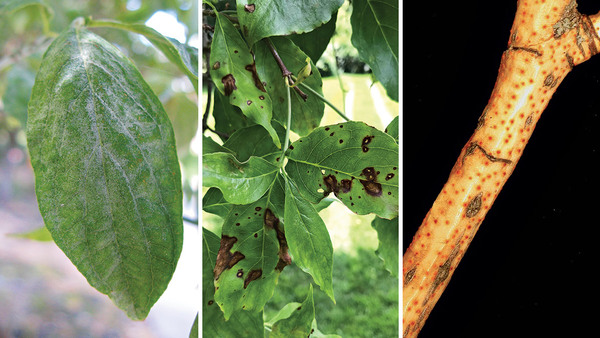

You are far more likely to do battle in the garden with rabbits, deer, and woodchucks than raccoons. But when you do come up against this species, you can bet you will have your hands full.
Raccoons-superb climbers, dexterous manipulators, and excellent problem solvers-scoff at the traditional lineup of tools we use to resolve issues with garden pests. If there is good news about this, though, it is that raccoons will be more attracted to undefended trash cans, pet food, fish in water features, or compost than most garden vegetables. But for the foods they like-berries, sweet corn, and, especially, grapes-they will not hesitate to harvest these edibles before you do.
In addition to food thievery, the main concerns most people have with raccoons are rabies and feces. If you encounter a raccoon (or any wild animal) that appears sick, avoid it and contact your local animal-control office. Raccoon feces are a concern because they can contain the eggs of a parasitic worm; fortunately, raccoons tend to use latrines on elevated surfaces, such as a roof or woodpile, rather than the garden. Removal of this material from roofs, attics, and other areas often requires professional attention, but burning contaminated wood outside is fine. The key to living with raccoons is not to be overly concerned about them. You just need to know how to resolve conflicts involving them using strategies that are safe and humane.
3 Methods to ward off raccoons
| Deterring raccoons from a favorite garden food can be a challenge, especially as fruit and veggies become ready to harvest. Try these tricks to help protect your edibles: |
| 1. Turn on the radio. In the corn patch, some gardeners swear by a transistor radio-tucked into a plastic bag to protect it from wetness-tuned to an all-night music or talk station. No studies have yet been done on what types of music or which talk-show hosts have the greatest ability to repel critters. | 2. Have a party. A couple of shiny Mylar party streamers or balloons placed among the berries and grapes, strategically anchored to move with the breeze, may startle would-be invaders. | 3. Brush the dog. Dog hair left over after brushing provides some olfactory deterrence when spread around plants. |
-John Hadidian is director of Urban Wildlife programs for The Humane Society of the United States in Washington, D.C.
From Fine Gardening issue #138, page 30.

















Comments
Planting cucumbers in the same space as the corn worked. They didn't want to walk on the pricklies.
These cute (used moderately)! Little monsters can even lift. Roof
Tiles to gain access to your attic!
Log in or create an account to post a comment.
Sign up Log in